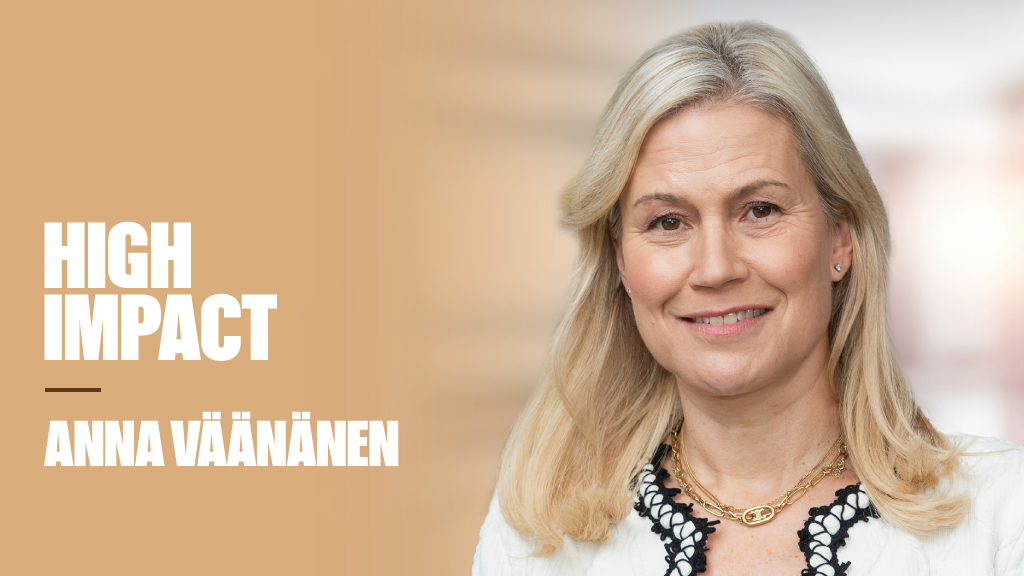Sector assets stood at around $387bn at the start of the year, and are set to more than double over the next five years as the market plays catch up with its US counterpart.
Mark Wiedman, global head of iShares, said: “The growth of the ETP industry has much further to go. Compared to the market size of other investment vehicles in segments such as securities, mutual funds and derivatives, ETPs have huge headroom for growth, even in the more mature markets of Europe and the US. It’s a very exciting time for investors and providers alike.”
Earlier in the month US-based providers First Trust launched their first Europe-focused ETFs, while Pimco launched a sterling version of one of their ETFs back in March.
Growth drivers
RDR has opened the floodgates for ETFs in the UK, as advisers are now looking more broadly at all investment products on the market. Regulation elsewhere is having the same impact especially in Switzerland and the Netherlands.
Institutional investors, in particular pension funds and insurance companies, are also increasing their ETF exposure, and data provided by iShares shows that some of the world’s largest asset managers have increased their ETF holdings by 30% over the past year.
Mark Johnson, head of UK sales, iShares, said: “Many investors are wary of getting back into the markets and have sat on cash which has produced low yields. ETFs are a good way of getting back into the market, offering a less bumpy ride while still giving exposure to a particular view on the market.
“Conversely, those investors that are already invested can use low volatility funds to dampen down their portfolios and to soften the risk/return balance.
The performance of the MSCI Europe Minimum Volatility Fund since inception is shown in the graph below.
true
Low Volatility
Low volatility funds are proving particularly popular in the global market, attracting more capital than their non-low volatility counterparts year-to-date. The MSCI US Minimum Volatility Fund has seen inflows of around $2.4bn year-to-date, compared with $10m outflows from MSCI USA Index Fund.
The oldest low volatility fund in market, the PowerShares S&P 500 Low Volatility Fund, meanwhile, has also made gains of 15% year-to-date, compared to the 11.5% made by the non-volatility focused version. Its performance over the past year is shown in the graph.
true










